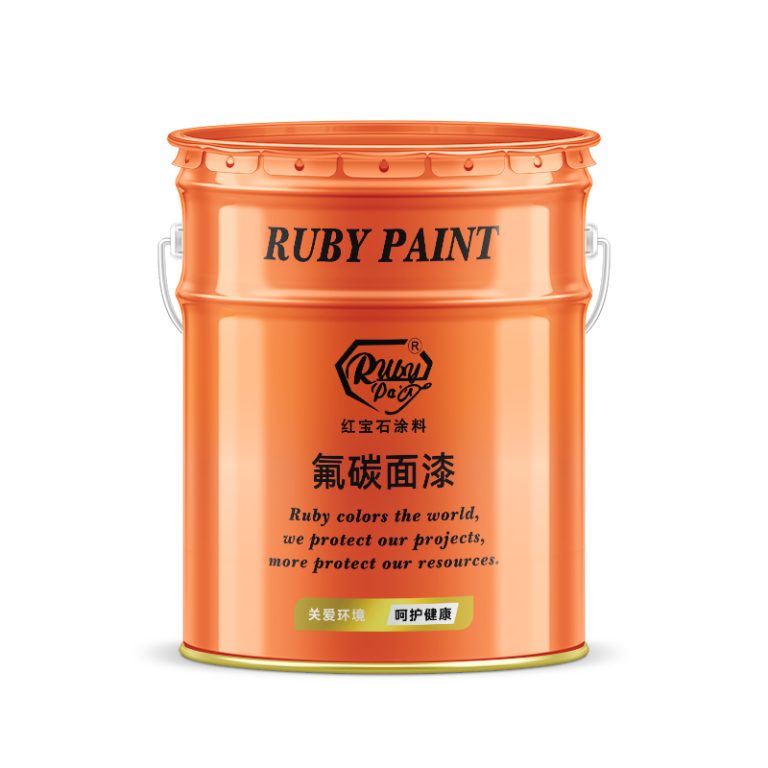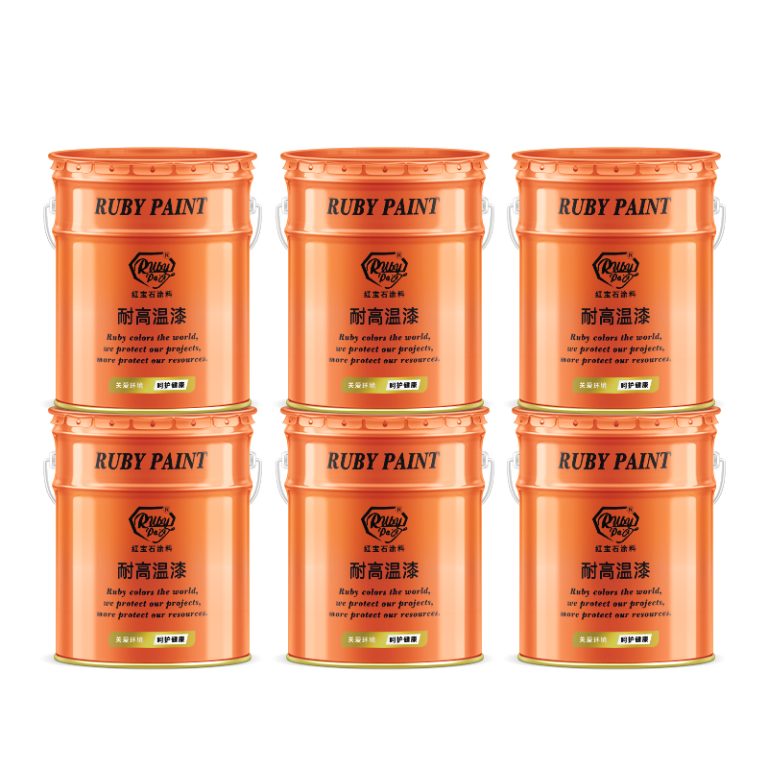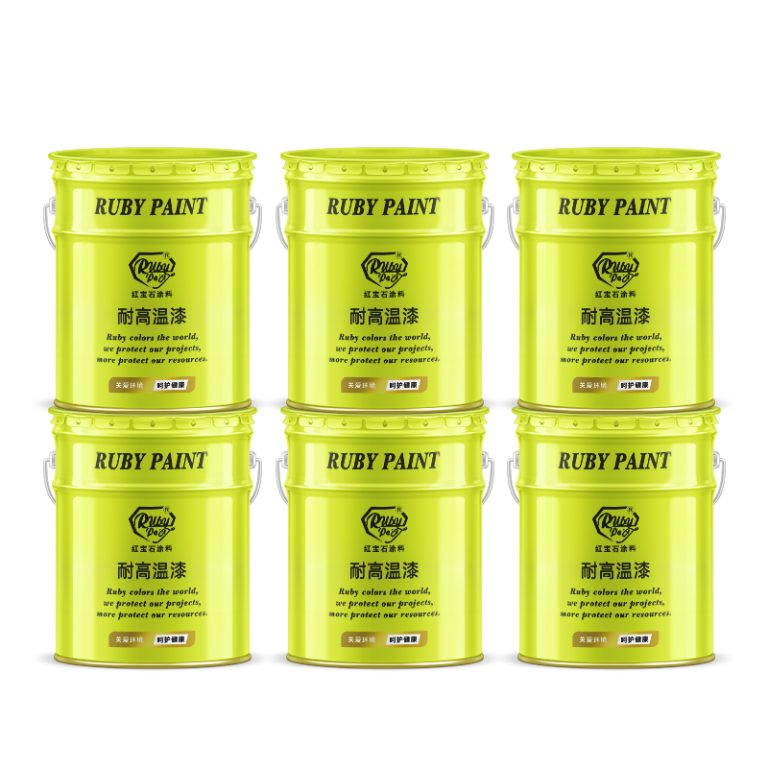Table of Contents
Techniques For Mixing Skin Tone Acrylic Paints
Creating realistic skin tones with acrylic paint can be a challenging yet rewarding endeavor for any artist. The key to achieving lifelike skin tones lies in understanding the nuances of color mixing and the properties of acrylic paints. By mastering a few essential techniques, artists can create a wide range of skin tones that add depth and realism to their portraits.
The first step in mixing skin tones is to start with a basic palette. A common approach is to use primary colors such as red, yellow, and blue, along with white and an earth tone like burnt umber or raw sienna. These colors provide a solid foundation for mixing a variety of skin tones. It is important to note that the choice of primary colors can greatly affect the outcome, as different hues can create different undertones in the skin.
Once the basic palette is set, the next step is to understand the importance of undertones. Skin is not made up of one flat color, but rather a complex combination of undertones that vary from person to person. These undertones can be warm, cool, or neutral. Warm undertones tend to have hints of yellow or peach, cool undertones lean towards pink or blue, and neutral undertones are a balance of warm and cool. Identifying the undertone of the skin tone you are trying to achieve is crucial for mixing the right colors.

To begin mixing, start with a base color that matches the lightness or darkness of the skin tone you are aiming for. For lighter skin tones, a mixture of white with a touch of yellow and red can be a good starting point. For darker skin tones, start with a base of burnt umber or raw sienna, adjusting the color with primary colors as needed. The key is to add colors gradually and mix thoroughly, as acrylic paints can dry quickly and are less forgiving than other mediums like oil.
As you mix, continuously refer back to your reference image or subject to compare the color accuracy. Adjust the tones by adding more red to bring warmth, blue for coolness, or yellow for a sun-kissed look. Remember that a little color goes a long way, so it is better to build up the color slowly through layers rather than trying to achieve the perfect shade in one go.
Another useful technique is to mix a complementary color to tone down the intensity of the skin color. For instance, if the skin tone is too red, adding a bit of green can neutralize it. This method helps in achieving more natural and subtle skin tones.
| No. | Commodity Name |
| 1 | Industrial paint |
Finally, it is essential to consider the lighting conditions under which the portrait will be viewed, as this can significantly impact the perception of color. Natural daylight brings out the truest colors, while artificial lighting can cast different hues on the skin. Adjusting the colors to suit the lighting conditions can help in creating a more lifelike portrayal.
In conclusion, mixing skin tones with acrylic paints requires patience, practice, and a keen eye for detail. By starting with a basic palette, understanding undertones, and adjusting colors gradually, artists can master the art of creating realistic and vibrant skin tones that bring their portraits to life. Remember, the beauty of art lies in experimentation, so don’t be afraid to try different techniques and color combinations to achieve the desired results.
Best Brands Of Acrylic Paint For Creating Realistic Skin Tones
When it comes to creating realistic skin tones in acrylic painting, choosing the right brand of paint is crucial. The quality and pigmentation of the paint can greatly affect the outcome of your artwork. There are several brands that are highly recommended by artists for their ability to produce lifelike skin tones.
| Serial Serial Number | Article Name |
| 1 | Epoxy Zinc rich paint |
One of the top brands for acrylic paint is Golden Artist Colors. Known for its high pigment load and smooth consistency, Golden’s acrylics offer a wide range of colors that can be mixed to create various skin tones. The brand’s Heavy Body Acrylics are particularly popular among portrait artists for their thick, buttery texture that allows for easy blending and layering.
Another excellent choice is Liquitex Professional Acrylics. This brand is favored for its versatility and durability. Liquitex offers an extensive palette of colors, including several shades that are ideal for painting skin. The paints have a creamy consistency and provide excellent coverage, making it easier to achieve a realistic look.
Winsor & Newton is also a highly regarded brand among artists. Their Professional Acrylics line is known for its brilliant color and superior permanence. Winsor & Newton offers a range of flesh tones that can be used straight from the tube or mixed to match specific skin colors. The paint’s smooth flow and intense pigment make it a great option for detailed portrait work.
For those looking for an affordable option, Blick Studio Acrylics is a good choice. While less expensive than some other brands, Blick’s acrylics still offer good quality and a decent selection of colors. The paint is easy to work with and provides good coverage, making it suitable for beginners and experienced artists alike.
When selecting acrylic paint for skin tones, it’s important to consider the opacity and transparency of the colors. Some brands offer more opaque paints, which can be useful for creating solid base layers. Others have more transparent colors that are ideal for glazing and building up subtle variations in tone.
In addition to choosing the right brand, it’s also important to experiment with color mixing. Creating realistic skin tones often requires a combination of several different colors, including reds, yellows, browns, and whites. Each person’s skin is unique, so it’s important to adjust the colors to match the specific tone you’re trying to achieve.
It’s also helpful to use a limited palette when painting skin. This can help create a more cohesive and natural look. By using just a few colors and mixing them in various ways, you can create a wide range of skin tones without overwhelming your painting with too many different hues.
Overall, the key to successful skin tone painting is to choose high-quality acrylic paints and to take the time to experiment with color mixing. Whether you’re a beginner or an experienced artist, using the right materials and techniques can help you create stunning, lifelike portraits that capture the beauty and complexity of human skin.






